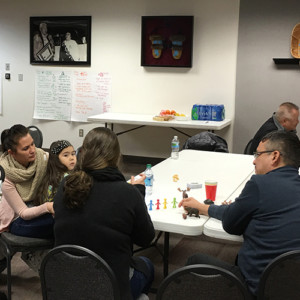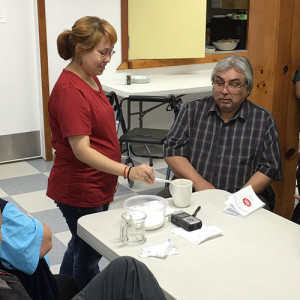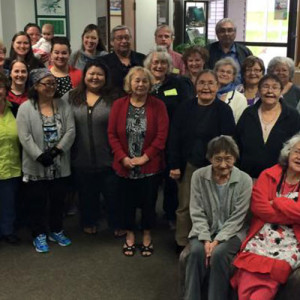[youtube=http://www.youtube.com/watch?v=4zvGRVH7hJo&hl=en_US&fs=1]
Scenes from a recent WAYK Chinuk Wawa Night. Note again the variety of conversation, from Novice to Advanced, and how different speaker-teachers wield (or don’t wield) sign language, depending on who’s involved, or on the lunatic fringe, of the conversation.
The beginning, highly structured, novice-level WAYK conversations are there to teach technique use (“the rules of the game”); players then use the techniques and signed bridge language depending on context, at more advanced levels seeming to just have relaxed, off-the-cuff conversations, the techniques almost entirely unmarked or discussed.
Sign language is a critical element of beginning conversations, and a more supportive element (though still very powerful!) of advanced conversations.





I stumbled across your website via Twitter, and your approach looks fascinating. I haven’t looked at all of it yet, but I’m a translator involved in Native American issues, and language/culture is a focus. Have you seen this article: “Tribe hopes to fund Cherokee as foreign language class in public schools”? URL is http://ht.ly/2in6C I’m going to post your info on our blog Native American Netroots: http://nativeamericannetroots.net/diary/611/news-collection-diary-for-august-1st
Thanks Ellinor, and the Cherokee article is fantastic – the ACTFL scale that they are implementing is the same tool we use in WAYK. It’s the clearest, simplest method for really evaluating where somebody’s speech level is at. Oregon had a similar moment in the past decade where we had to fight to certify local native language speakers to teach in public schools.